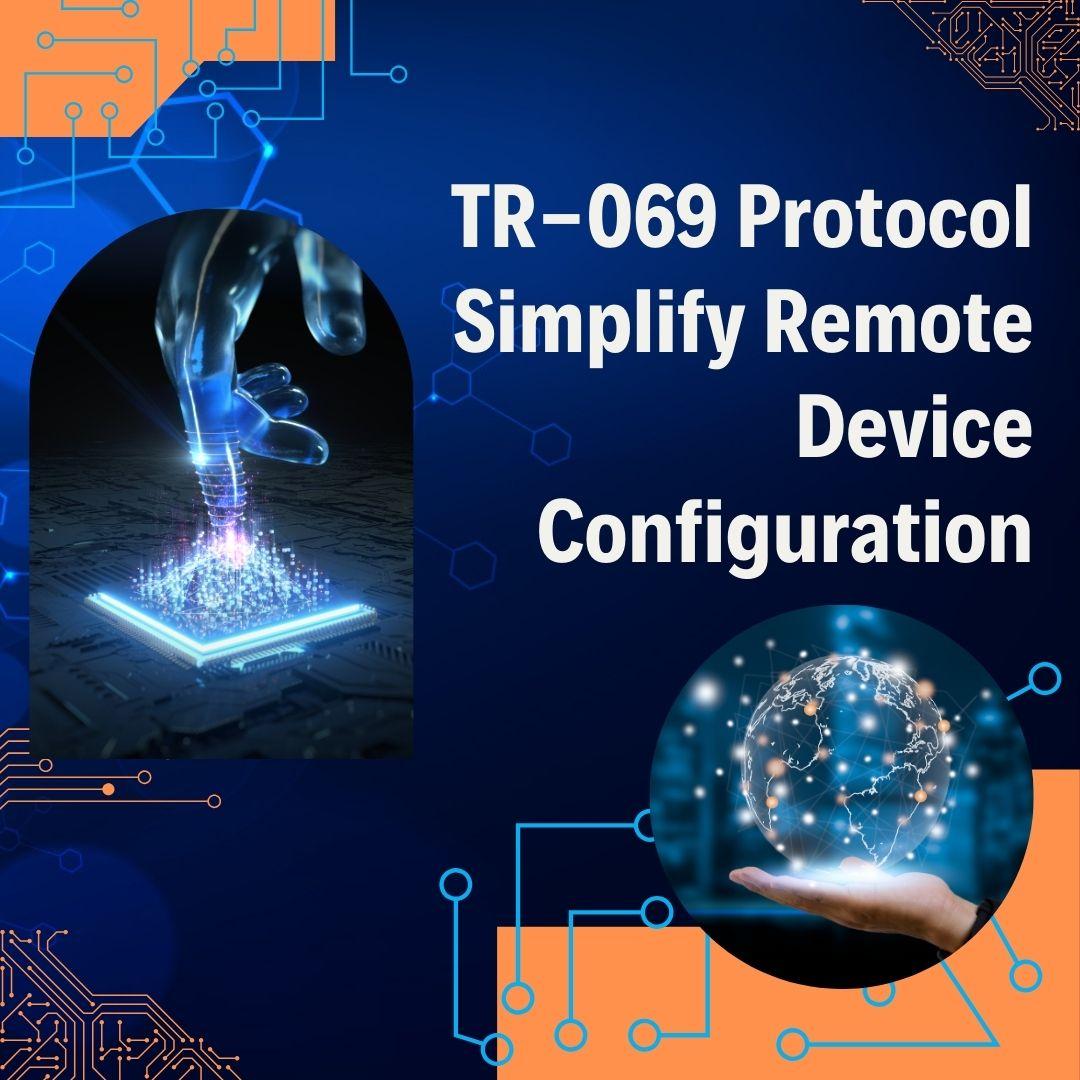In the dynamic landscape of the Internet of Things (IoT), managing and configuring devices remotely has become a critical aspect of ensuring seamless connectivity. One protocol that stands out in simplifying this intricate process is TR-069. In this article, we will delve into the intricacies of the TR-069 protocol and explore how it revolutionizes remote device configuration. Join us on a journey through the capabilities and advantages of TR-069, shedding light on its significance in the realm of IoT device management.
What is TR-069?
TR-069, also known as the CPE WAN Management Protocol, is a technical specification defined by the Broadband Forum. CPE stands for Customer Premises Equipment, and it focuses on the communication between the Auto Configuration Server (ACS) and the Customer Premises Equipment. In simpler terms, it is the backbone protocol that facilitates remote management and configuration of various devices connected to the internet.
The Architecture of TR-069:
At its core, TR-069 operates on a client-server model. The client, in this scenario, is the device that needs to be managed (such as an IoT device), and the server is the Auto Configuration Server. The ACS communicates with the client to perform tasks like configuration management, software updates, and troubleshooting.
Key Components of TR-069:
CPE (Customer Premises Equipment):
-
The CPE refers to the user’s equipment, be it a router, modem, or an IoT device. It empowers the management and configuration of these devices remotely.
ACS (Auto Configuration Server):
-
The ACS is the control center that communicates with the CPE. It sends commands, receives data, and ensures that the devices are configured according to the service provider’s requirements.
The Advantages of TR-069:
1. Streamlined Device Configuration:
It simplifies the traditionally complex task of device configuration. With this protocol, service providers can remotely configure and manage a myriad of devices without the need for physical access. This proves especially beneficial in scenarios where devices are located in challenging or remote environments.
2. Efficient Firmware Updates:
IoT devices often require frequent firmware updates to enhance security and add new features. TR-069 automates this process, allowing service providers to remotely push firmware updates to devices in a controlled and systematic manner. This ensures that devices are always up-to-date without inconveniencing users.
3. Diagnostics and Troubleshooting:
Troubleshooting device issues becomes a breeze with TR-069. The protocol enables the ACS to perform diagnostic tests on connected devices, identify problems, and, in many cases, resolve issues remotely. This reduces the need for costly and time-consuming on-site visits.
4. Enhanced Security Measures:
Security is a paramount concern in the IoT landscape. TR-069 addresses this by providing secure communication channels between the ACS and devices. Encryption and authentication mechanisms ensure that sensitive data remains protected during remote management activities.
Friendly Tech’s Role in TR-069 Implementation:
Friendly Tech, a leading player in the field of device management solutions, has embraced the power of TR-069 to offer innovative and user-friendly services. By integrating TR-069 into their solutions, they empower service providers to efficiently manage and configure devices, enhancing overall network performance.
Seamless Integration with IoT Device Management:
Friendly Tech’s commitment to excellence is reflected in their seamless integration of TR-069 with IoT device management. This synergy ensures that IoT devices can be easily configured, monitored, and updated remotely, providing a hassle-free experience for both service providers and end-users.
User-Friendly Interface:
One of the standout features of Friendly Tech’s implementation of TR-069 is the user-friendly interface. Service providers can navigate through the system with ease, accessing valuable insights and controls to manage devices effectively. This simplicity translates to a more efficient and productive device management process.
Conclusion:
In conclusion, the TR-069 protocol plays a pivotal role in simplifying remote device configuration, making it a cornerstone in the realm of IoT device management. As we navigate the ever-evolving landscape of connected devices, protocols like TR-069, coupled with innovative solutions from industry leaders like Friendly Tech, pave the way for a more streamlined and efficient future.



